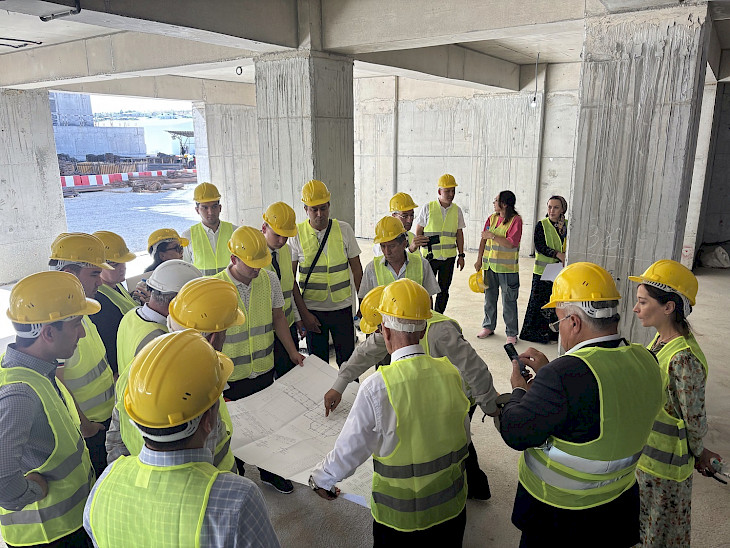The United Nations Development Programme (UNDP), in partnership with the Government of Turkmenistan, has officially concluded a seven-year project aimed at reducing seismic risks in the country - a key milestone in building a resilient national disaster response system, Turkmenportal.tm reports.
The project, titled “Strengthening the National Capacity of Turkmenistan for Seismic Risk Assessment, Prevention and Response to Potential Earthquakes”, was implemented from 2018 to 2025.
The final meeting of the project board was held on July 28 at the UN building in Ashgabat.
UNDP Resident Representative in Turkmenistan, Narine Sahakyan, described the project as “a landmark achievement” in long-standing cooperation between UNDP and Turkmenistan. “It has not only helped create advanced tools for seismic risk assessment, but also reinforced the shared commitment to protecting lives and infrastructure,” she noted.
The project focused on three main components:
-
Seismic Risk Assessment in Ashgabat. For the first time in Turkmenistan, two GIS-based digital platforms — ASTERHAZ and ASTERRISK — were developed to analyze seismic hazards. Detailed mapping of active tectonic faults was carried out, and more than 40 buildings, including over 10 educational facilities, underwent structural assessments.
-
Institutional Capacity Building. The Institute of Seismology and Atmospheric Physics at the Academy of Sciences of Turkmenistan received modern equipment and software worth more than $650,000. Over 100 specialists were trained, and educational materials were developed, including a trilingual glossary of terms and a textbook on seismic risk assessment.
-
Disaster Preparedness and Legal Framework. Methodological guidelines for earthquake preparedness were developed for government agencies. A seismic data processing center was established, and a draft law titled “On Ensuring Seismic Safety” was prepared.
Key government agencies contributed to the project, including the Ministries of Defense, Education, Health, Construction and Architecture, as well as the Research Institute of Earthquake-Resistant Construction. The project also benefited from regional cooperation with seismological institutions in Uzbekistan, Tajikistan, and Japan’s International Cooperation Agency (JICA).
UNDP has expressed its readiness to support the second phase of the initiative, which aims to expand risk assessments to the cities of Arkadag, Balkanabat, Turkmenbashi, and the Avaza tourist zone. There are also plans to intensify public education and awareness campaigns on earthquake preparedness.
“This is not the end, but a transition to the next important phase,” emphasized Narine Sahakyan.
It is worth recalling that the strongest earthquake in Turkmenistan occurred in October 1948. The 7.3-magnitude quake devastated Ashgabat, killing more than 35,000 people and completely destroying the city.
CentralasianLIGHT.org
July 31, 2025

